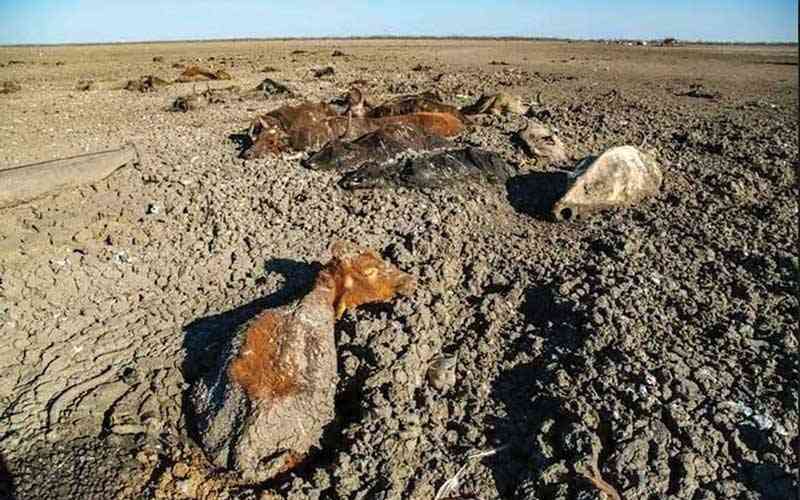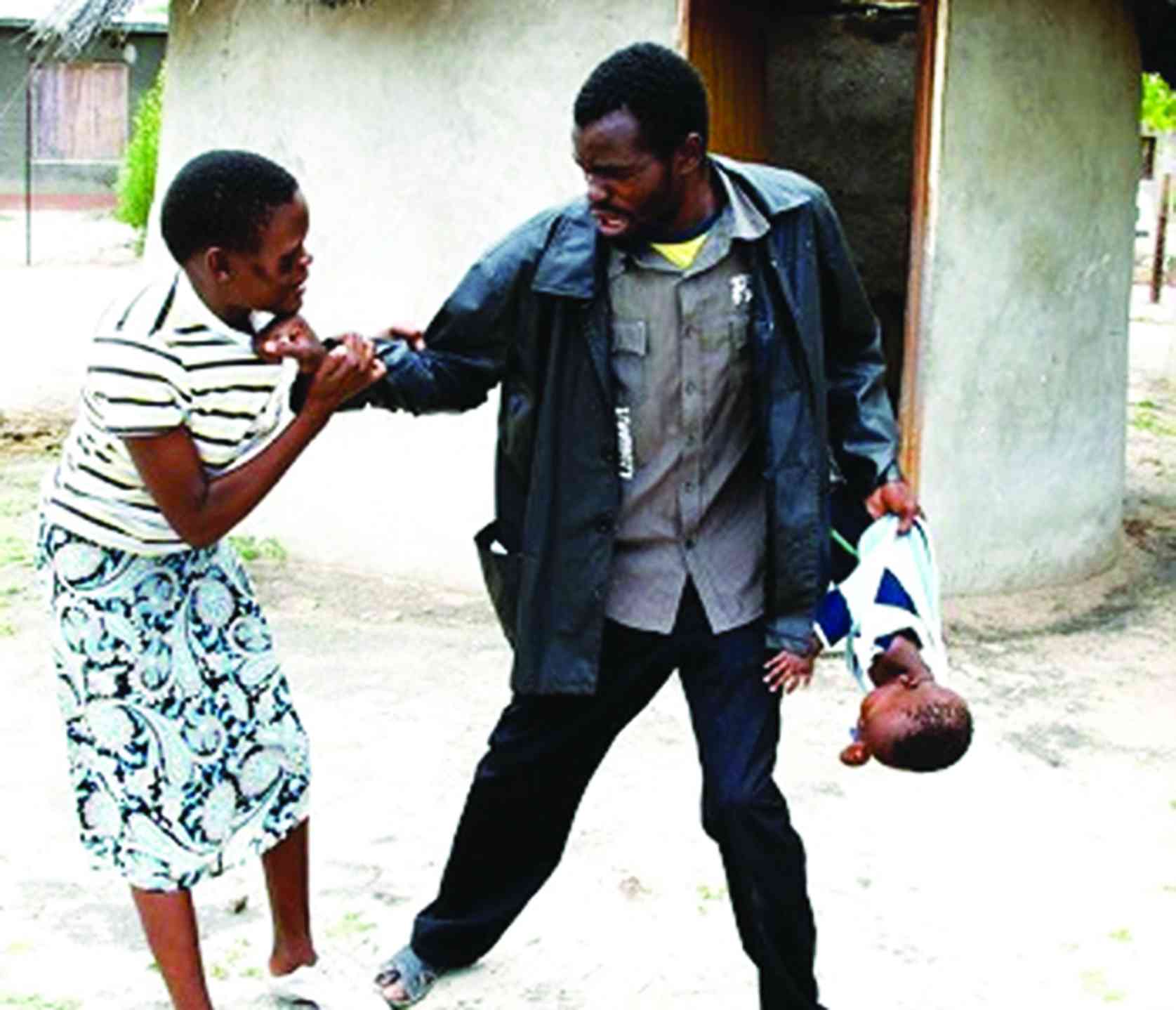
HE year 2023 is turning out to be more disastrous and brutal than anticipated.
The predicted drought situation is promising to be more severe and extreme. The year 2023 has proved to be the warmest in recorded history with unforgiving consequences looming as food, human security, economic growth, water security, livelihood options, peace and national security are now all under threat.
For instance, let us spare some deep thoughts for the plight of livestock, depleted grazing landscapes and pastures, economic losses, reduced national herd, against national livestock restocking programmes. This also includes pending poor harvests, if any, crop write-off, culminating in national disaster and a humanitarian crisis. All this points to a pending national and regional crisis, which may degenerate into famine and wide scale starvation.
The outlook is not good. Images of sun-backed wilting crops and pastures, muddy streams and rivers becoming a death trap for weak livestock are a worrying growing trend. Communities are painfully watching crops wilt, while cattle desperately graze on disappearing grass.
Human security requires food security, which in this case is under severe threat. If this is to get out of hand, then human health is also affected by malnutrition, leading to school dropouts and reduced enrolment. The situation has the potential to breed domestic and gender-based violence because of scarce resources, abuse of women and children increases. Attempts to access food handouts, water and other basic services increase. Drug abuse may also increase, while internal displacements and migration are looming possibilities, which may lead to conflicts over scarce resources.
In rural areas, drought will impact on the availability of drinking water as some rivers and streams would have dried up. Small scale farmers cannot continue to hold on to their cattle while watching them die. Cattle are a precious commodity with cultural and social status attachments, they are a source of wealth and prestige, hence communities sometimes make the folly of not disposing of them quickly when they are still marketable.
Although it is not easy to sell cattle, this becomes the only option if small-scale farmers are to realise any value from their famine-threatened livestock. They need to dispose of some of the cattle as quickly as possible and buy grain while it is still cheap and in stock. They also need to buy livestock feed to save the remaining herds.
The unfolding drought means that underground water levels are under severe threat, therefore, rural gardening may not be possible since the water tables continue to recede. As a result, El-Nino risk awareness campaigns should be on carried out and this is the time to increase momentum both from national pathways and mouthpieces, development sector initiatives and advocacy, community and individual efforts.
- Chamisa under fire over US$120K donation
- Mavhunga puts DeMbare into Chibuku quarterfinals
- Pension funds bet on Cabora Bassa oilfields
- Councils defy govt fire tender directive
Keep Reading
Zimbabwe is blessed with adequate water bodies in some areas with the potential to feed the whole nation. In this regard, it is essential to invest more in irrigation and mechanisation to save lives and lift starving communities from the jaws of poverty and mass starvation. This is the time to provide small-scale farmers with loans and literacy training for preparedness. This cannot be done later as it could be too late to save lives.
It is also necessary for the country to invest in inclusive early warning systems, disaster management education and recovery, to protect women and children while building the most needed resilience. Farmers need to avoid losses and damage to livestock, crops, plants, pastures, depletion of water resources and diseases outbreaks.
While lessons, training courses in feed formulation may be the panacea, they are expensive and out of reach of many deserving people even those who have incomes. In this regard, the majority who are deserving cases are left out. Besides, most raw materials required for feed formulation need the availability of water which is absent or less in these times of drought. These raw materials are maize stalks, sorghum, wheat, millet, vegetables and fruits, among others.
Most vulnerable people will suffer from an El-Nino-induced drought because they are poor and rely heavily on agri-food systems and rain-fed agriculture, which are vulnerable to the negative impacts of climate change, culminating in environmental insecurity in poor, marginalised and peripheral rural areas.
Because the country’s food and natural resources are highly climate-sensitive, it is appropriate that climate action strategies remain key and transformative, proactive, assertive and inclusive of multi-stakeholders.











